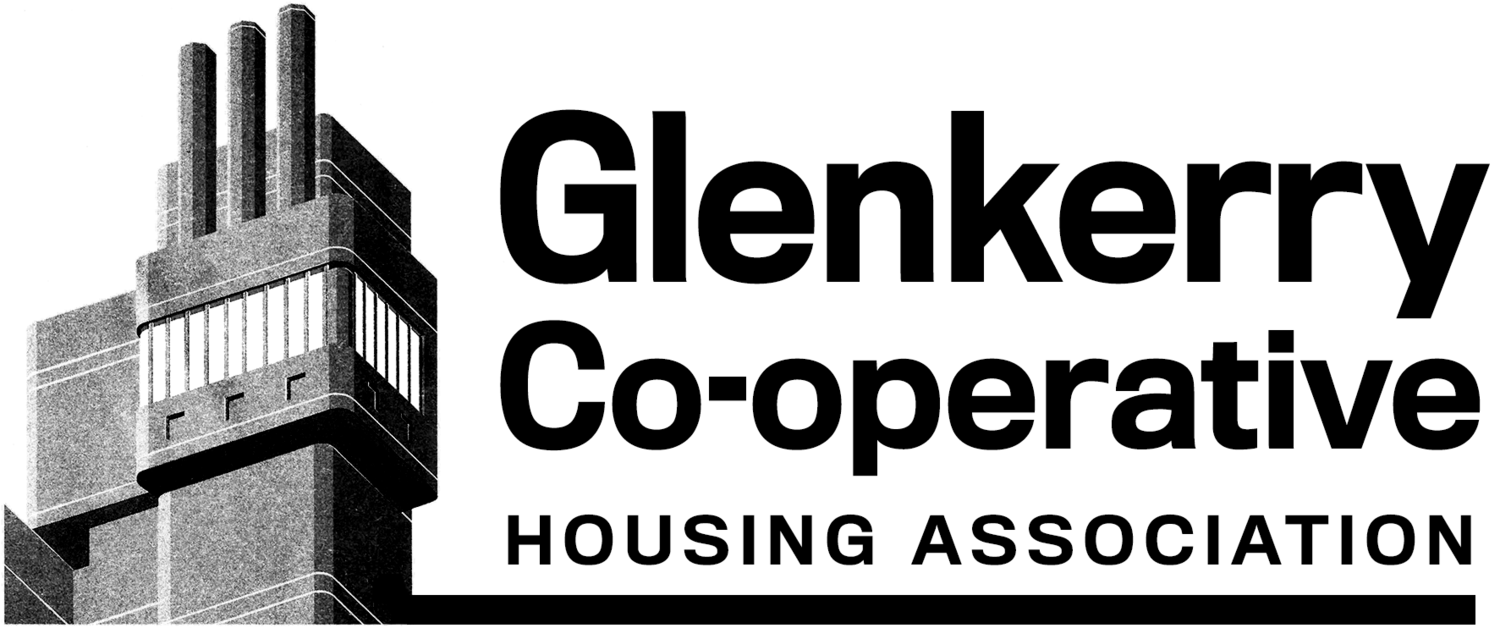
Poplar Rates Rebellion centenary
A landmark of social history – with a connection to Glenkerry House
Thursday 4 March 2021 will mark the 100th anniversary of the start of the Poplar Rates Rebellion – a tax protest by the Poplar borough councillors, led by ex-Mayor George Lansbury, to demand a fairer system of rates (local taxes).
In the early 20th century, London borough councils had to fund their own poor relief, as well as pay “precepts” to fund London County Council (LCC), Metropolitan Police, Metropolitan Asylums Board and the Metropolitan Water Board. Because need was so great in Poplar, the council had to charge higher rates than other, richer boroughs - but due to the number of poor people, the income from rates was low.
To ease the financial burden on their rate-payers, Poplar Borough Council decided not to pay the precepts for the four city-wide organisations, and to use the money instead for poor relief. The LCC and the Metropolitan Asylums Board took them to the High Court.
The 30 councillors marched from Bow to the High Court, accompanied by a brass band and a banner: “Poplar Borough Council marching to the High Court and Possibly to Prison for the Equalisation of Rates for the Poor Boroughs”.
The High Court judge ordered them to pay the precepts, but the councillors refused. They were all found guilty of contempt of court, and that September they were sentenced to prison. The group included five women – one of whom, Nellie Cressall, was pregnant – but the women accepted their imprisonment with as much determination as the men. The women were taken to Holloway Prison. The men were taken to Brixton Prison, from where George Lansbury addressed crowds of onlookers through the prison bars.
After six weeks, the councillors were released. Their action had drawn support from neighbouring councils and trade unions. Parliament responded by rapidly passing the Local Authorities (Financial Provisions) Act 1921, which more or less equalised tax burdens between rich and poor boroughs.
The Poplar councillors’ protest gave rise to a word, “Poplarism”, associated with large-scale municipal relief for the poor and with local council protests to central government on behalf of their poor and needy people.
The Poplar Rates Rebellion is commemorated by a mural in Hale Street, near the old Poplar Town Hall. The mural, painted by Mark Francis in 1990, was restored in 2007 by David Bradby and a former Glenkerry House resident, the late Maureen Delenian.
Image: Poplar Rates Rebellion mural, Hale Street, E14 (photo: Ceridwen / geograph.org.uk CC BY-SA 2.0)
